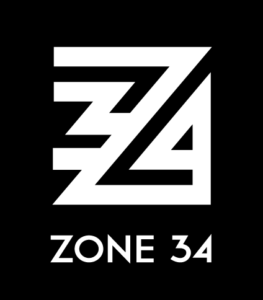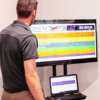Back in 2015 I undertook research looking into the rates of ankle and knee injuries in basketball, and potential strategies to reduce risk of injury.
The research process was invaluable. Unfortunately (or fortunately!) the growth of Zone 34 Sports Physiotherapy along with roles with Australian Boomersand Sydney Kings basketball teams led to the difficult decision to cease research and not publish a paper.
Rather than letting all the work hide away on a hard drive, here are some of the findings on the rates of knee injuries. The tabs below show the differences in injury rates between levels of play, and sex.
If anyone is keen to embark upon a Meta Analysis on Knee Injuries in basketball and complete what I started, please get in contact!
David Hillard
basketball.physio
Basketball is the second most popular team sport worldwide, with an estimated 1.1 million players in Australia and 450 million worldwide.
Epidemiological studies have found that the most common injuries in basketball players are in the lower extremities. Knee injuries can range from low grade sprains, to significant acute injuries such as ACL rupture, meniscus tears and chronic pathologies such as patella tendinopathy or patellofemoral pain [1,2, 3, 4].
When compared to other sports basketball has a high number of ankle and knee injuries that present to both the emergency and clinical settings [5, 6]. The movement patterns inherent to basketball include a high number of change in direction, decelerations and landings [7].
In elite level basketball, injuries may have further impact on athlete development and team performance. Podlog et al. [2015] have shown an inverse correlation between games missed to due to injury or illness, and team success in the NBA.
Determining injury rates via "Athlete Exposures"
The majority of studies define one athlete Exposure (A.E.) as one athlete participating in one training or game regardless of the duration of the session.
Some studies report in units of hours. For example ten athletes completing a 90 minute training session is equivalent to 15 hours for that session.
Knee injuries occur more frequently in games when compared to trainings. [9, 10]
This can be explained by trainings often being a mixture of low, medium and high intensity drills. Not all training drills will involve contact or reactionary movements. Fatigue may also have a role to play in injuries during match play.
Types of Knee Injuries
The most common knee ligament sprains are ACL or MCL sprains. ACL leads to the highest time loss from playing. Consistent with findings in other sports, ACL injuries are more common in female athletes.
Meniscal injuries leading to time loss are relatively uncommon, with their rate ranging around 0.04 to 0.11 / 1000 Athlete Exposures.
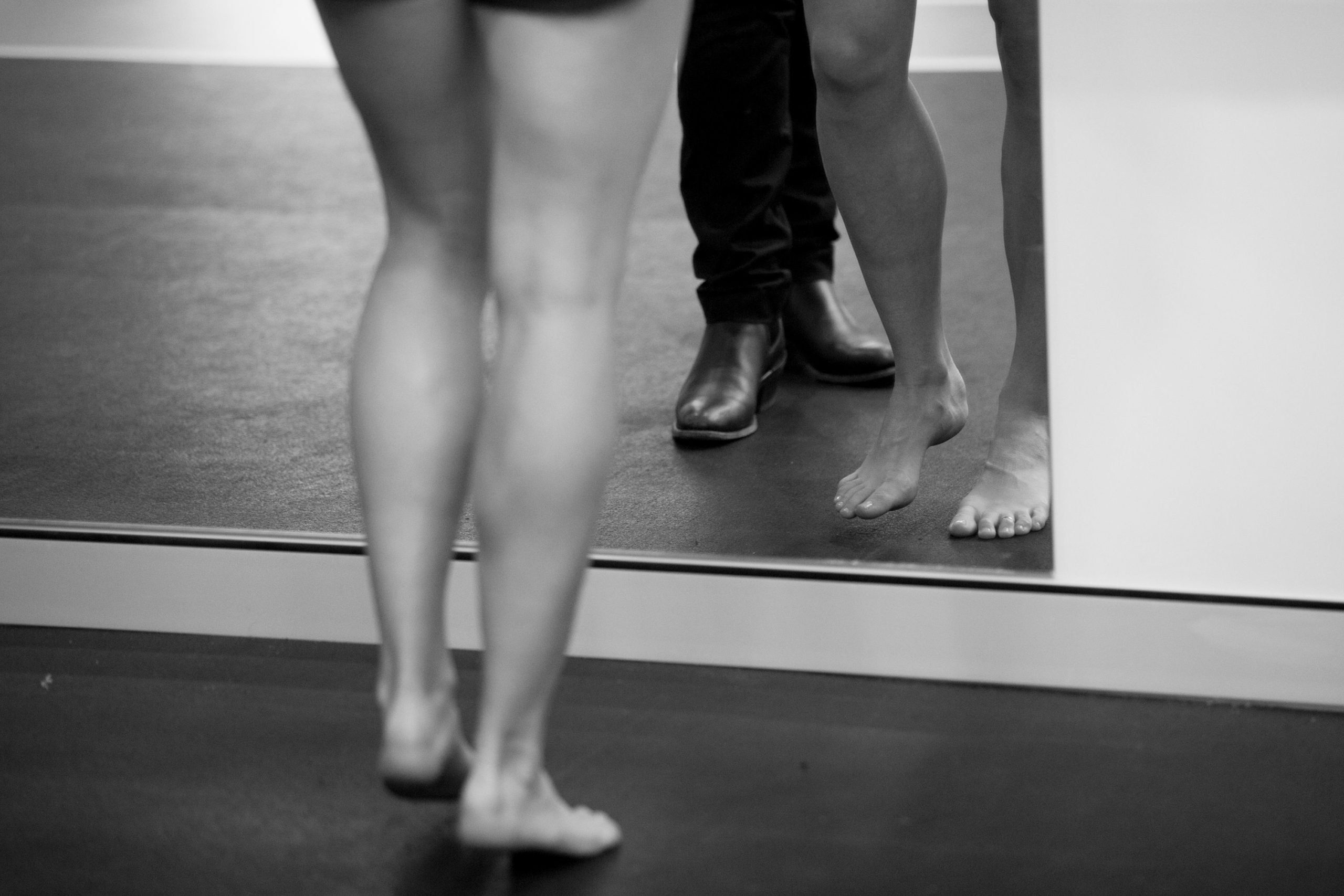
Comparing injury rates between levels of play
There is a the significant increase in the rate of knee injuries across level of play, rising from 0.37 per 1,000AE in High School, to 0.87 per 1,000 AEs in College, to 2.78 per 1,000 AE in Professional leagues.
The college basketball players’ ACL injury rate (0.19 per 1,000 AEs) was significantly higher than high school players (0.10 per 1,000 AEs), with a trend for a further increase in professional players (0.30 per 1,000 AEs).
An increase in the rate of MCL injuries was observed across the levels of play.
There was no significant increase in meniscal injury rates across levels of play (see Table).

Hillard, unpublished data
Are males or females more likely to sustain a knee injury?
Females had a significantly higher rate of ACL injuries in each level of play, being almost twice as likely to sustain an ACL injury as males in high school and professional competitions. At US NCAA level in high school, females were over five times more likely to sustain an ACL injury when compared to males.
MCL sprains are also more common in females than males across all levels of play. (Hillard, unpublished data)
A very recent study by Baker et al (2020) showed WNBA knee injury rates of 1.5 /1000 A.E, making it the most common site of injury across 5 years of data.

Hillard, unpublished data
Limitations in focussing on Time Loss injuries
Studies that report time loss injuries only will underestimate the rate and burden of basketball injuries. Many knee and ankle conditions exist that will cause pain and reduced function, but may not lead to time loss.
Further epidemiological studies that include non time loss injuries will allow for future reviews and synthesis of data to gain a better understanding of the prevalence of knee and ankle pain in basketball.
REFERENCES
- FIBA , About FIBA.
- Basketball Australia, Annual Report 2013/14.
- McCarthy, M.M., et al., Injury profile in elite female basketball athletes at the Women’s National Basketball Association combine. Am J Sports Med, 2013. 41(3): p. 645-51.
- Pappas, E., et al., The Epidemiology of Pediatric Basketball Injuries Presenting to US Emergency Departments: 2000-2006. Sports Health, 2011. 3(4): p. 331-5
- Waterman, B.R., et al., Epidemiology of ankle sprain at the United States Military Academy. The American journal of sports medicine, 2010. 38(4): p. 797-803
- Ingram, J.G., et al., Epidemiology of knee injuries among boys and girls in US high school athletics. American Journal of Sports Medicine, 2008. 36(6): p. 1116-1122
- Scanlan, A.T., et al., The physiological and activity demands experienced by Australian female basketball players during competition. J Sci Med Sport, 2012. 15(4): p. 341-7.
- Podlog, L., et al., Time trends for injuries and illness, and their relation to performance in the National Basketball Association. Journal of Science and Medicine in Sport, 2015. 18(3): p. 278-282.
- Taylor, J.B., et al., Prevention of Lower Extremity Injuries in Basketball: A Systematic Review and Meta-Analysis. Sports Health: A Multidisciplinary Approach, 2015. 7(5): p. 392-398.
- Ingram, J.G., et al., Epidemiology of knee injuries among boys and girls in US high school athletics. American Journal of Sports Medicine, 2008. 36(6): p. 1116-1122.
- Dick, R., et al., Descriptive epidemiology of collegiate men’s basketball injuries: National Collegiate Athletic Association Injury Surveillance System, 1988-1989 Through 2003-2004. Journal of Athletic Training, 2007. 42(2): p. 194-201.
- Baker, H. et al,, Injury in the Womens National Basketball Association (WNBA) from 2015 – 2019. Arthroscopy, Sports Medicine and Rehabilitation.
If you have had a recent knee injury please consult a health professional. A Sports and Exercise Physiotherapist will be able to help diagnose your injury, tailor the rehabilitation and ensure it is safe to introduce more challenging drills.
If you would like a telehealth video consult or detailed return to sport rehabilitation plan please email david@basketball.physio
For more ideas on rehabilitation take a look at the Recover pages
 Return to Play: Hop tests
Return to Play: Hop tests
Return to Play: Hop tests
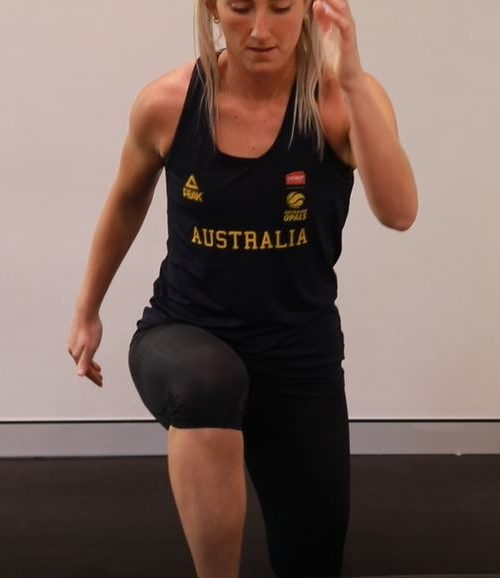 Frequency of knee injuries in basketball
Frequency of knee injuries in basketball
Frequency of knee injuries in basketball
 Frequency of Ankle Injuries in Basketball
Frequency of Ankle Injuries in Basketball
Frequency of Ankle Injuries in Basketball
 Lateral ankle sprain
Lateral ankle sprain
Lateral ankle sprain
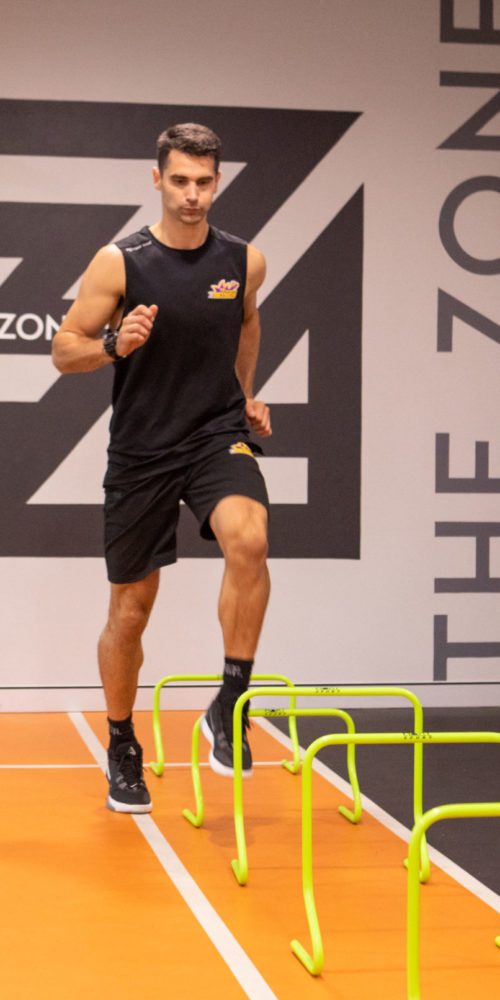 Calf strains
Calf strains
Calf strains
 Spanish Squats for patella tendinopathy
Spanish Squats for patella tendinopathy
Spanish Squats for patella tendinopathy
 Concussion
Concussion


